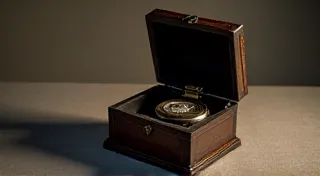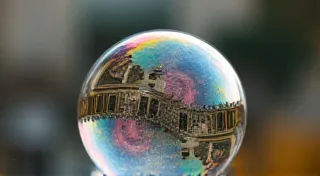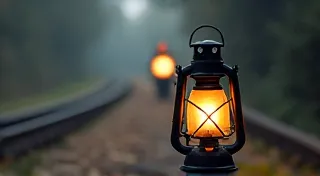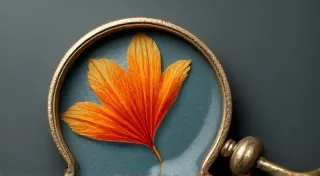A Thousand Glimpses: The Postcard as a Time Capsule of Architectural Evolution
There’s something profoundly moving about holding a vintage postcard. It's not just cardboard and ink; it's a fragment of a past life, a whispered message across decades. As postcard collecting enthusiasts, we chase more than just pretty pictures. We’re hunting for echoes – echoes of laughter, of hopes, of a world that both resembles and profoundly differs from our own. And when those pictures depict buildings, those echoes resonate with a particular depth, revealing a tangible, visual timeline of architectural evolution.
The postcard's rise coincided perfectly with a period of unprecedented urban change. The late 19th and early 20th centuries saw the relentless march of industrialization, the explosion of cities, and the rise of new architectural styles that sought to capture the optimism and ambition of the age. Postcards, inexpensive and easily mailed, became the perfect medium to document this transformation – a pocket-sized visual diary of a changing world.
The Anatomy of an Architectural Echo
Consider a postcard from 1908 showing the Grand Central Terminal in New York City. You can almost feel the rumble of the trains and smell the coal smoke hanging in the air. The building, still relatively new, stands proudly, its Beaux-Arts grandeur a testament to the aspirations of a burgeoning metropolis. Compare that to a modern photograph of the same building. While the core structure remains, the surrounding cityscape has dramatically altered. New buildings have sprung up, obscuring views and changing the perspective. The postcard isn't just depicting a building; it’s preserving a moment in time, a specific urban context that’s largely vanished.
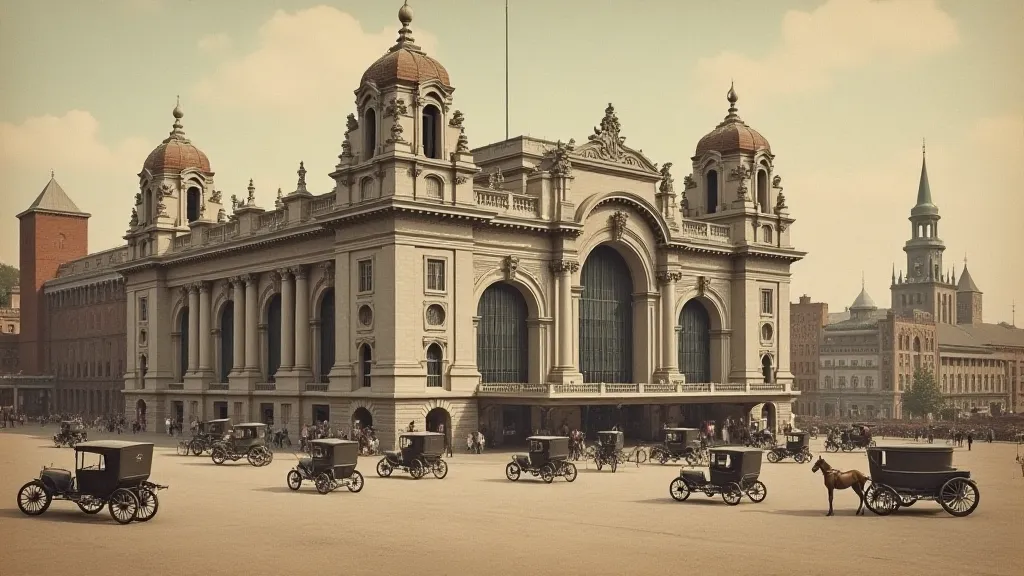
The craft involved in producing these early postcards is another layer of appreciation. The images were often lithographs, meticulously hand-drawn or painted and then transferred to stone. The detail! The shading! The sheer artistry involved in creating these images is remarkable, especially considering the limitations of the technology. You can often discern the artist’s hand in the subtle nuances of light and shadow, a level of care rarely seen in today’s mass-produced images. I remember finding a postcard of a small-town opera house, the lithography so fine that you could almost feel the velvet curtains and smell the stage makeup. It wasn’t just a building; it was a portal to a world of culture and performance. The intricate lettering and fonts, too, were a key part of the design, contributing to the overall aesthetic charm. Those fascinated by the evolution of typography might find a deep dive into the typographic palette of vintage postcards a rewarding exploration.
Beyond the Grand: Capturing the Everyday
While the iconic landmarks – the Eiffel Tower, the Empire State Building, the Colosseum – are frequently featured, the true beauty of collecting vintage postcards lies in discovering the lesser-known gems. Postcards of local businesses, modest homes, and ordinary street scenes offer a more intimate glimpse into the past. These aren’t just architectural records; they’re sociological snapshots, revealing how people lived, worked, and interacted with their surroundings.
I once acquired a small collection of postcards depicting a row of shops in a rural village. The buildings themselves were unremarkable, but the postcards showed them at different points in time. One showed the shops with wooden awnings and gas lamps. Another showed them with brick facades and electric lights. A third showed them with neon signs and parked cars. These postcards told a story of progress – of modernization and changing consumer habits – far more compelling than any history book could. Sometimes, these small fragments offer a glimpse into a narrative far richer and more complex than the grand structures alone can convey – a sense of piecing together a story from these incomplete, beautiful records. The challenge of assembling these disparate pieces, creating a cohesive understanding from a collection of fragmented memories, feels almost like postcard alchemy, transforming the seemingly random fragments into a compelling narrative.
The Fading Styles: A Visual Record of Lost Elegance
Architectural styles, like fashion trends, wax and wane. What was once considered cutting-edge can quickly become outdated and even disappear altogether. Vintage postcards provide a crucial record of these fleeting aesthetics. The elaborate ornamentation of Victorian architecture, the streamlined simplicity of Art Deco, the burgeoning Modernist movement – all are vividly captured on these small pieces of cardboard.
Think about the numerous grand hotels that once graced city skylines, now lost to demolition or redevelopment. Postcards offer the only surviving visual evidence of their existence, their ornate facades and opulent interiors frozen in time. The loss stings, but the postcards offer a chance to remember, to appreciate the ingenuity and artistry of those who designed and built them. The allure of these artifacts and the memories they conjure can be akin to experiencing chromatic ghosts - fleeting glimpses of a lost visual world. And sometimes, you find a postcard of a building that *almost* made it - a photograph showing the early stages of demolition, a poignant reminder of the relentless march of progress. These ephemeral glimpses into a world on the cusp of change underscore the fragility of our built heritage and the significance of preserving even the smallest fragment of the past. These silent witnesses to vanished eras whisper tales of a world that is no more.
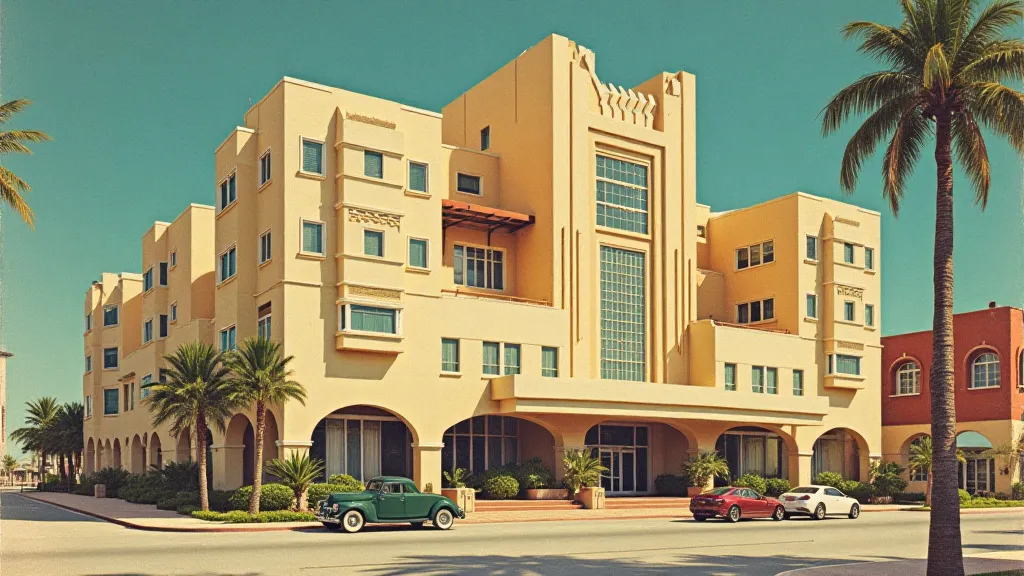
Condition, Value, and the Gentle Touch of Preservation
As with any collectible, condition is paramount. A postcard in pristine condition, with vibrant colors and a clear image, is worth considerably more than a faded or damaged one. However, even a worn postcard can hold immense value, especially if it depicts a rare or historically significant building. I'm not necessarily chasing "perfect" cards; I am more interested in those that tell a story, those that whisper secrets of the past.
Restoration, if attempted, requires a delicate hand. Excessive cleaning or retouching can damage the image and diminish its value. The goal is to preserve the postcard's integrity, to stabilize the colors, and to protect it from further deterioration. Storage is equally important. Postcards should be stored in acid-free sleeves or albums, away from direct sunlight and humidity.
The Silent Witnesses: Exploring Themes of Absence and Connection
Beyond the purely architectural aspects, vintage postcards offer powerful insights into the human condition. They reveal lost connections, untold stories, and the bittersweet nature of time. The very act of sending a postcard – a tangible message across distance – speaks volumes about the desire for connection and the longing to share experiences. Sometimes, the most evocative postcards are the ones that never reached their intended recipient, the echoes of absence embedded within their unmailed existence.
Combating Deception: Identifying Postcard Frauds and Forgeries
Like any collectible, the world of vintage postcards is not without its challenges. The allure of rare and valuable postcards can attract those seeking to deceive. Understanding the intricacies of postcard production and recognizing the subtle signs of alteration is crucial for discerning genuine articles from convincing forgeries. Further investigation into beyond the gilded edge can offer vital insights into identifying postcard frauds and forgeries.
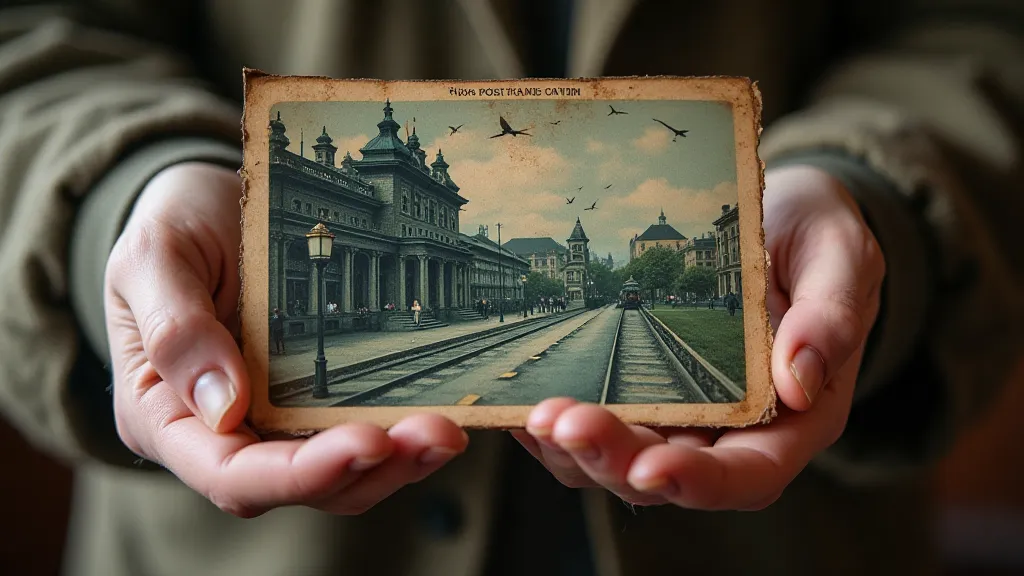
Collecting vintage postcards isn’t just about acquiring objects; it's about connecting with the past. It’s about piecing together fragments of history and uncovering the stories behind the buildings and the people who lived and worked within them. It’s about appreciating the craftsmanship and artistry of a bygone era. Each postcard is a tiny window into another time, a chance to glimpse a world that may be gone, but is not forgotten. It's a quiet, meditative pursuit that fosters a deep sense of appreciation for the architectural heritage we inherit.
So, the next time you're browsing a flea market or antique store, take a moment to examine the postcards. You might just find a piece of history, a glimpse into a world that's waiting to be rediscovered. And remember, each postcard holds not just an image, but a whisper of the past, waiting to be heard.
